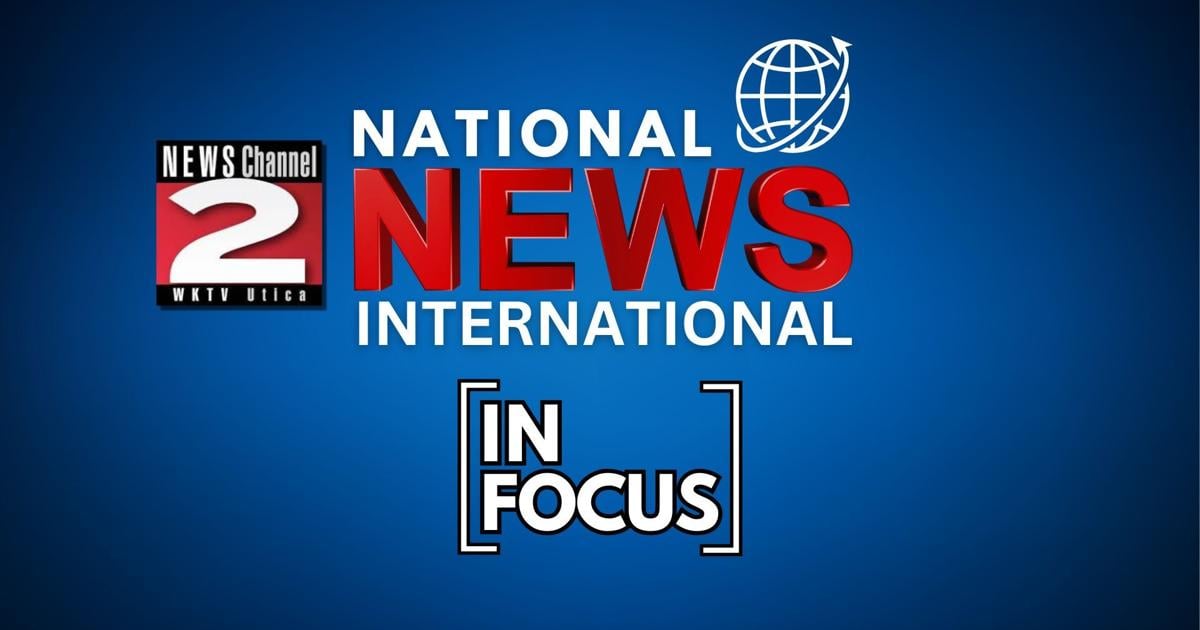Vladimir Putin has spent months probing the flanks of the North Atlantic Treaty Organization with drone overflights, incursions by MiG-31 fighter jets, and various cyber operations—testing NATO’s defenses and its resolve. His strategy, coined by Lenin, is clear: “You probe with bayonets: if you find mush, you push. If you find steel, you withdraw.”
On Sept. 23, NATO issued a warning that it will engage “all necessary military and nonmilitary tools to defend ourselves and deter all threats from all directions.” Yet while a solution to the recent probes is straightforward, President Trump grasps that Mr. Putin’s provocations against NATO must be viewed not in isolation but as part of an overall strategy against the West.
The president’s recent call to “WIN all of Ukraine back in its original form” acknowledges a connection between the Russian NATO incursions and an unsettled ground war in Ukraine. Without a significant change in how the war is fought, however, there is little chance of success.
NATO faced and overcame a similar challenge during the Cold War. After the Vietnam conflict, the U.S. Army almost reluctantly acknowledged that the Soviet Union remained an existential threat to the U.S. and Europe, and that the poorly trained, inadequately equipped and often drug-addled fighting force in Germany was no match for the hundreds of Soviet and Warsaw Pact divisions on the other side of the Iron Curtain.
NATO had neither the force levels nor the operational concepts to defeat the threat. Its war-fighting doctrine—Active Defense—envisioned fighting a defensive battle, trading space for time in Western Europe until American reinforcements arrived. But Europe had too little space to trade and not enough time. The only way to slow the Soviet juggernaut was the unthinkable use of tactical nuclear weapons. It wasn’t a strategy to win, merely to stall. Unfortunately, the strategy of Active Defense is embraced in Ukraine today, and the results are the same.
During the Cold War, the defense budget increases under Ronald Reagan supplied the funds necessary to turn around the military. A fundamental shift in battlefield tactics was still essential. Pouring money into a flawed strategy amplified the expense of failure.
A small group of visionaries led by Army Gen. Donn Starry embraced that challenge, discarded Active Defense, and developed a strategy of AirLand Battle. Fundamental to that strategy were the concepts of Deep Battle and Follow-On Forces Attacks.
Instead of relying on Active Defense to halt the Soviet advance, Deep Battle aimed to strike at the vulnerable follow-on echelons, targeting command posts, logistics and road combat units. The goal was to neutralize these reinforcements in the rear, leaving front-line Soviet forces isolated, weakened and exposed to counterattacks.
This wasn’t a chimerical map exercise but the basis for the weapons development and acquisition programs of the late 1980s and early 1990s. While many countries were increasing the range and lethality of their front-line weapons, drawing lessons from the 1973 Yom Kippur war, the U.S. spent billions on long-range reconnaissance, targeting and strike capabilities. Weapons such as ATACMS, Apache helicopters, A-10s, precision munitions and scatterable mines were quickly developed—precisely to turn the potential of Deep Battle into a reality.
These weapons, significantly modernized, are on the Ukrainian battlefield today, but political decisions restrict their full potential, which has forced President Volodymyr Zelensky into fighting an Active Defense. Billions of dollars have been wasted through suboptimal use of weapons provided to Ukraine. While drones and Javelins are strengthening the front lines, they haven’t stopped Mr. Putin from resupplying his army with millions of artillery rounds, thousands of troops, and the fuel, spare parts and meals that keep his front lines impenetrable and the Donbas and Crimea still in his grip.
The blame shouldn’t fall on the brave Ukrainian soldiers who withstand casualty rates and battlefield conditions unseen since the world wars, or on Ukrainian leaders such as Mr. Zelensky, who after three years of war can still rally his people to resist. The responsibility lies with Western leaders unwilling to permit Ukraine to employ the weapons to their full potential.
Restrictions on weapons employment, range and targets should be choices made by Mr. Zelensky and his military leaders, not risk-averse bureaucrats in Brussels or Washington. Boundaries should be irrelevant, and Russian territory shouldn’t be a sanctuary for critical targets. If the West is serious about winning, it must allow Ukraine to fight against the follow-on troops, isolate the Russian front-line forces, and set the conditions for offensive operations. This isn’t a new strategy, but one that has been called for since the first months of the war.
Mr. Trump has opened an opportunity for the West to break the stalemate of the war and send a clear message to Mr. Putin that repeated provocations against NATO will be met with a harsh response. Clear instructions to end the failed strategy of Active Defense and confronting the provocations on the flanks of NATO will be the message to Russia that their bayonets have hit steel.
Mr. Kimmitt, a retired U.S. Army brigadier general, served as assistant secretary of state for political-military affairs, 2008-09.


